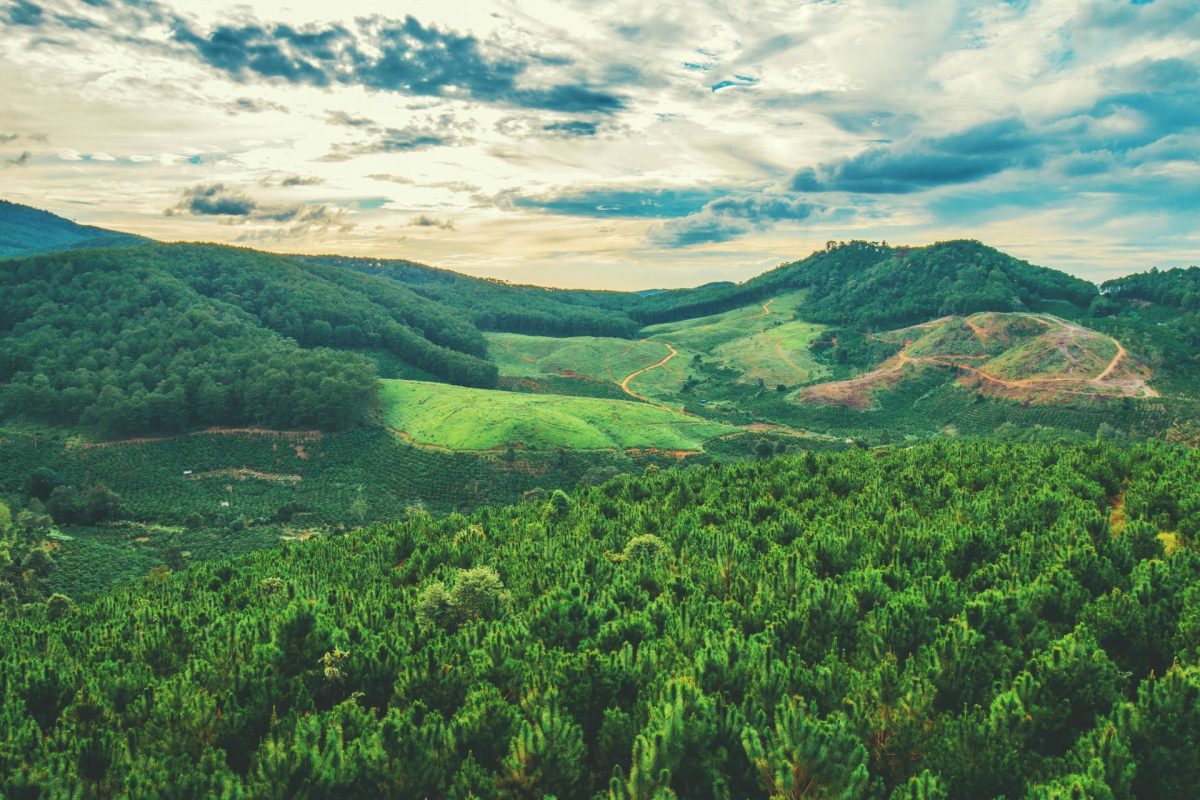NEWS
New Hope Emerges: Tropical Forest Loss Slows Down, but Challenges Persist
New Hope Emerges: Tropical Forest Loss Slows Down, but Challenges Persist
Shifting Trends in Global Forests: A Closer Look at Deforestation
Recent findings from the World Resources Institute, a Washington-based non-profit research organization, indicate a notable 9% decline in forest loss across untouched tropical regions compared to the data from 2022, as revealed through a meticulous analysis of satellite imagery.
The latest report released by Global Forest Watch (GFW) unveils a complex narrative: while there has been a reduction in forest loss within the Amazon in 2023, the world continues to grapple with the ongoing disappearance of forested areas equivalent to the landmass of Switzerland.
Despite the observed reduction, experts caution against complacency, underscoring that the level of devastation remains alarmingly high. Approximately 37,000 square kilometers of primary tropical forests vanished in 2023, a concerning reality nearly mirroring the size of Switzerland.
Addressing the media during a press briefing, Mikaela Weisse, Director of GFW, expressed a nuanced perspective, stating, “The global trajectory seems like a seesaw, with progress offset by setbacks.” She emphasized that while countries like Brazil and Colombia witnessed a decline in forest loss, this positive trend was counterbalanced by significant losses in countries like Canada.
The catastrophic forest fires that ravaged Canada in 2022, consuming 80,000 square kilometers of land—three times the annual average—halted the declining trend seen elsewhere across the globe.
Weisse further shed light on the staggering environmental toll, noting that the forest loss in the world’s most invaluable ecosystems, the tropical primary forests, contributed to greenhouse gas emissions equivalent to half of the annual emissions from fossil fuel consumption in the United States.
A Tale of Contrasts: Regional Insights into Forest Dynamics
Brazil, the Democratic Republic of the Congo, and Bolivia emerged as frontline nations grappling with substantial primary forest loss. However, within Brazil, concerted efforts led to a remarkable 36% reduction in deforestation, credited largely to effective conservation policies spearheaded by President Luiz Inacio Lula da Silva.
Similarly, Colombia witnessed a notable 49% decrease in forest destruction, attributed to President Gustavo Petro’s peace initiatives aimed at resolving conflicts with armed groups controlling forested territories.
While the Democratic Republic of the Congo managed to stabilize forest loss, losing 5,000 square kilometers of forested land, Bolivia continued its concerning trajectory, experiencing a 27% surge in deforestation driven primarily by agricultural expansion and wildfires.
The Escalating Challenge of Deforestation
Deforestation, characterized by the irreversible conversion of forested lands for alternative uses such as agriculture, surged globally by 3.2% in 2023, marking a concerning uptick in forest degradation.
Rod Taylor, Director of Forests at the World Resources Institute, lamented the stark reality, highlighting that despite pledges from over 140 countries to halt deforestation by the decade’s end in 2021, the world is regrettably moving in the wrong direction, far from achieving this ambitious goal.
Taylor emphasized, “The urgency to combat global deforestation demands a concerted global effort,” underscoring the critical need for immediate action to mitigate the irreversible loss of our planet’s invaluable forest ecosystems.
Leading the charge in deforestation were Brazil, Indonesia, and Bolivia, with the Democratic Republic of the Congo closely trailing behind, painting a sobering picture of the escalating environmental crisis that demands immediate attention and decisive action on a global scale.

